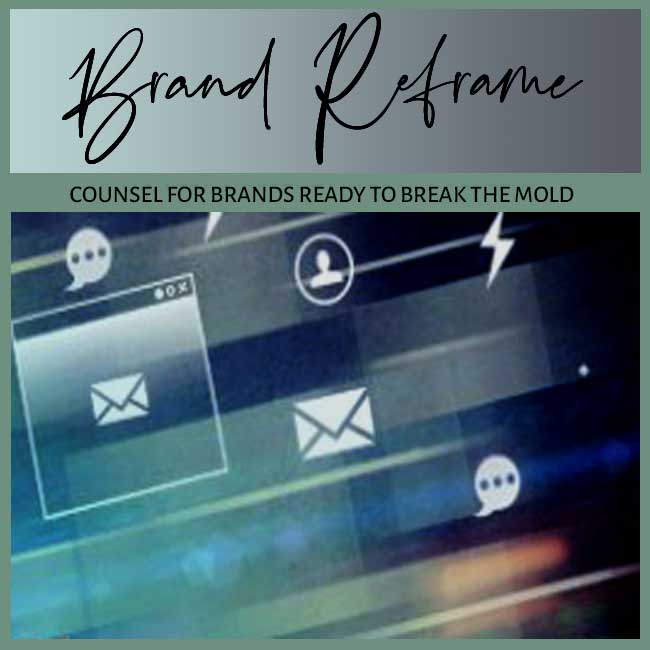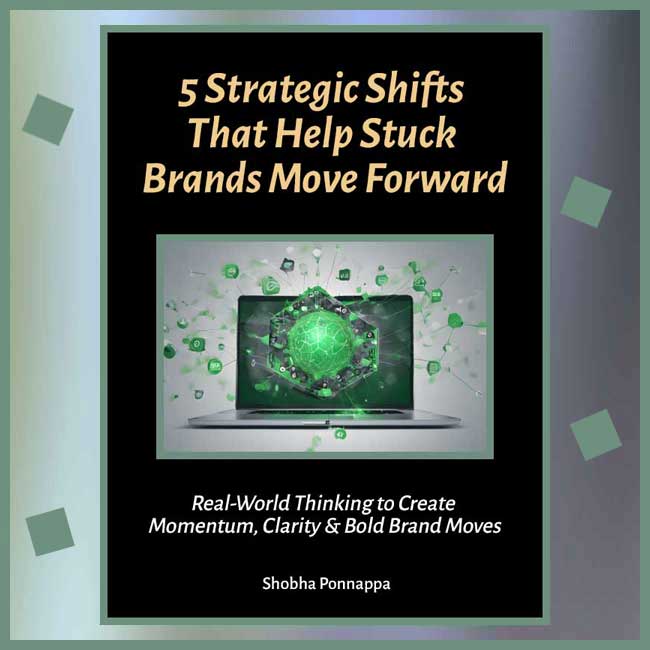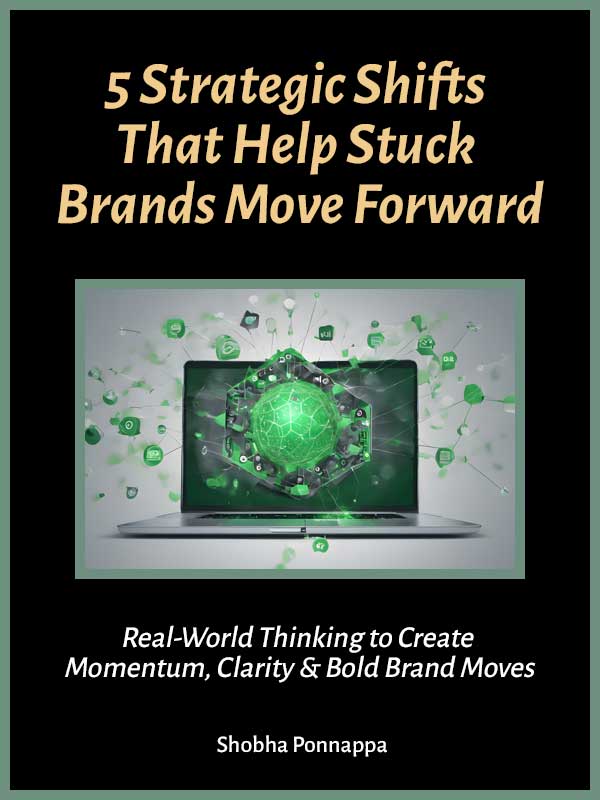
FOCUS: BRAND BURN RATE | AUDIENCE: INVESTORS IN SLUGGISH BRANDS
BY: SHOBHA PONNAPPA | BRAND BREAKTHROUGH STRATEGIST | 45 YEARS | 125+ CLIENTS
I helped a personal safety devices startup refocus strategy from one-clicks to building repeat buyer relationships.
This direct-to-consumer brand offered discreet personal safety devices—keychain alarms, wearable trackers, and emergency signal tools. Their ads hit emotional triggers and converted fast. But behind the top-of-funnel performance, there was no customer return path. It was a one-and-done experience: buy it, feel safe, move on. The investor team was concerned. The brand had burned through its launch budget quickly and reported solid CAC efficiency. But customer lifetime value remained static. Post-purchase engagement dropped to zero.
The brand had mastered urgency, but not loyalty. Worse still, buyers were hesitant to recommend the brand—because it reminded them of vulnerability. The entire identity was built around fear, not empowerment. Paid reach had delivered first-time buyers, but not relationships that endured.
Personal safety isn’t a transaction—it’s an emotional contract. People don’t want to revisit panic or anxiety. They want to feel supported, confident, and equipped. This brand had unintentionally made itself invisible the moment the purchase was done. The core insight was clear: we needed to replace the “fear frame” with a “confidence loop.”
The brand didn’t need a louder voice. It needed a braver narrative. Customers should feel safer because they stayed connected—not because they forgot. And for that connection to last, the brand needed to invite people to widen their safety circle—to buy not just for themselves, but for those they cared about. We saw the opportunity to shift from reactive urgency to ongoing emotional reassurance. That’s when the relationship could begin.
I repositioned the brand as “Prepared, Not Panicked.” I restructured the messaging into a positive ecosystem of preparedness—one that turned the device from an emergency item into a confidence ritual. This wasn’t about scaring people into purchase. It was about building trust that made them want to stay. I created the concept of “Everyday Safety Anchors”—simple cues, routines, and content that reinforced calm control. Ownership became part of a lifestyle, not a leftover impulse.
Repeat purchase made sense when safety was treated as a shared journey—not a solo decision. Buyers didn’t just shop for themselves—they bought for friends, family, partners, and colleagues. As their circles grew, so did brand relevance. The Confidence Circle gave the brand permission to deepen its value without relying on reacquisition tactics. This shift didn’t amplify urgency—it reinforced calm ownership. In a world chasing louder clicks, I chose to build quieter connection.
We designed a two-part strategy that moved the brand from panic-led acquisition to confidence-led retention. It began by shifting the emotional arc of the buyer’s journey—from reacting to threats, to preparing for peace of mind. We replaced the transactional arc with a sustained support model, focused on reassurance, routine, and role-model behaviour. Through strategic touchpoints and empathetic communication, we reframed ownership of the safety device as an act of calm control, not crisis response.
Equally important was what happened after purchase. We established the “Confidence Circle” as a post-purchase ecosystem of support—offering content, storytelling, and rituals that customers could revisit. By tying use of the product to ongoing emotional relevance, the brand gave customers a reason to stay engaged. It allowed buyers to grow from individuals into advocates—expanding their safety mindset outward to friends, partners, and loved ones.
Here are 10 strategic ideas developed (and several executed) to support the new brand direction:
Repeat purchase rates increased by 49% after the Confidence Circle was introduced.
User-submitted stories exceeded 400 within the first 3 months.
Referrals via “Who’s in Your Circle” card accounted for 27% of new customer growth.
Average engagement time per email rose by 60%.
CONFIDENTIALITY CAVEAT: This case study represents a confidential engagement. For privacy, specific brand identifiers, campaign names, and project phases have been withheld. It has been shared with permission while preserving client discretion.
If you’re brand owner or manager seeking stronger brand performance, here’s a case study that could interest you: “How a Quiet Luxury Leather Brand Was Mistaken for a Blank Tag.“
And if you’re a solo expert looking to sharpen traction, this case study I worked on may resonate: “How a Corporate Risk Educator Failed to Graduate into a Governance Consultant.“

"One BIG IDEA can turn brand stagnation into unstoppable movement. Spots are limited each week—book your breakthrough session now."
Shobha Ponnappa
I Bring You:
Smart insights, real-world frameworks, and idea-driven clarity – designed to help brands move.
Get my fortnightly Brand Reframe newsletter. Smart insights, distilled thinking, and focused momentum to help your brand lead.

Get my free case studies guide. Practical ideas, bold shifts, and clever transformations to propel your brand forward.

Just fill in the form to join. Get my newsletter and the guide shown alongside, all with several game-changing tips.

Just fill in this form and get this awesome guide via email. Plus … each fortnight you’ll receive my Brand Reframe Newsletter that brings you smart insights, distilled thinking, and focused brand momentum.